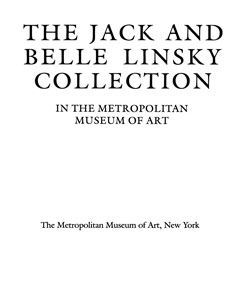Two Landsknechts
The two landsknechts, varying slightly in height and in costume, originally served as candle holders; candles were inserted in the holes in their raised hands. Bronze projections from the insteps of the taller soldier indicate that the figures belong to a common sixteenth-century type, of brass as well as of bronze, in which the feet often stood on flared stems riding from circular bases.[1] The folkloric designs were popular again in the nineteenth century; a thinly cast copy of one of our landsknechts appears on a candlestick in the reserves of the Louvre, paired with a variant model.[2]
[James David Draper, The Jack and Belle Linsky Collection in the Metropolitan Museum of Art, New York, 1984, p. 165, nos. 82, 83]
Footnotes:
[1] V. Baur, Kerzenleuchter aus Metall, Munich, 1977, pls. 58–61; E. Turner, An Introduction to Brass, London, 1982, pl. 13.
[2] G. Migeon, Catalogue des bronzes et cuivres du Moyen Age, de la Renaissance et des temps modernes, Paris, Musée National du Louvre, 1904, no. 119.
Due to rights restrictions, this image cannot be enlarged, viewed at full screen, or downloaded.
This artwork is meant to be viewed from right to left. Scroll left to view more.




